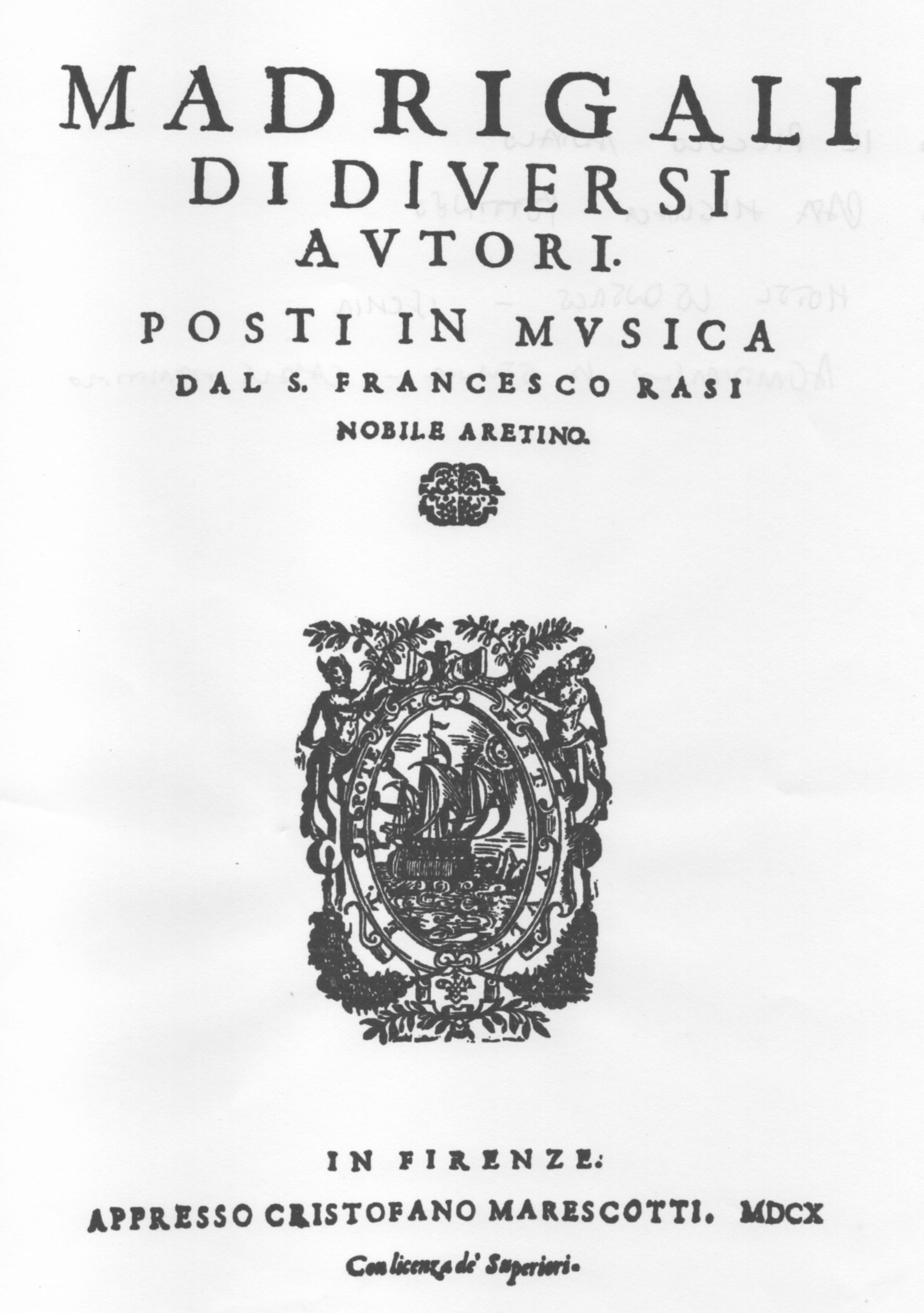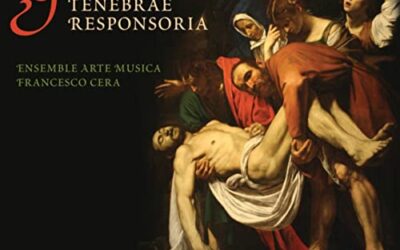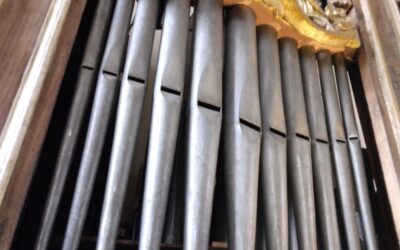
The solo singing and its great potential ramifications, that developed for centuries to come, have been one of the most brilliant and revolutionary inventions that occurred in Italy within art and music. Francesco Rasi was mainly known for having sung in the very first operas staged in Florence around 1600, and for his role of Orfeo in the first performance, which took place at the Gonzaga court of Mantua in 1607, in the same title ‘Favola in Musica’ by Claudio Monteverdi.
The fast and extensive passages of “Possente spirto” give a hint of his extraordinary abilities. But the young Rasi must also have had particularly seductive scenic skills, as well as an exceptional voice, according to the memory that Saverio Bonini still handed down in 1650:
‘fu di bello aspetto, gioviale, di voce granitica e suave’ [he was handsome, jovial, with powerful and suave voice].
So, his voice was robust, sonorous, but at the same time pleasant and also capable of melodious sonorities. Francesco Rasi, already in the early seventeenth century, embodied most of the characteristics that would have brought out the solo singing; good sound power, yet flexible to the refined dynamic varieties offered to the sung text expression; amazing virtuosity (evidence of which are also Rasi’s known performing repertoire) and finally stage prowess capable of mesmerizing the public.
Such characteristics can be sensed in the very Francesco Rasi’s compositions, which are available for the first time on the CD ‘La Cetra di sette corde’ [The seven-string cittern] that I recorded together with the tenor Riccardo Pisani and the instrumentalists of the Ensemble Arte Musica, and published by the Arcana label. Upon first listening, the short madrigals, published in 1608 and 1610, feel like small and precious musical jewels, perfectly chiseled and of considerable dramatic intensity. The vocal line or harmony occasional chromaticisms are used for a well-targeted effect, on the exclamations ‘Ahi’ or words ‘venne men’. Typically, the melodic line is very calm, marked by the syllables of the poetic text, but on generally long note values, to bring out the beauty of the voice, rather than the immediacy of the text – as in Monteverdi, who, in fact, often uses shorter values. Sometimes, though, the voice is called upon to show off extended passages of rapid notes, on words like ‘suono’, ‘volo’, ‘guerra’ (sound, flight, war). Another recurring feature is the use of two or three long-valued notes, such as semibreves or breves, which mostly require the singer’s rather extensive application of the art of diminution and improvised gorge passage. A bit like in Monteverdi’s ‘Possente spirto’, where the long semibreves are transformed into wonderful passages of semiquavers. In those years indeed, wonder had become the watchword – according to the famous verse of Giovanni Battista Marino – also in the new way of singing, alongside the ‘muover degli affetti’ [moving the affects].
Carlo Gesualdo Responsoria
Interview appeared on Il Resto del Carlino (October 6, 2023) introducing the concert for Bologna...
Carlo Gesualdo Responsoria
Articolo apparso sul Resto del Carlino il 6 ottobre 2023 in occasione del concerto tenuto per il...
Il restauro dell’organo di Silverio Carelli 1798 a Salento
Il pregevole organo conservato nella chiesa parrocchiale di Santa Barbara a...
The restoration of the Silverio Carelli organ 1798 in Salento
The valuable organ preserved in the parish church of Santa Barbara in Salento...
A Music Academy for the Dukes of Este
A Music Academy for the Dukes of Este Concert held on 25...
Musica alla corte dei Duchi d’Este
Un’Accademia Musicale per i Duchi d’Este Note al...

